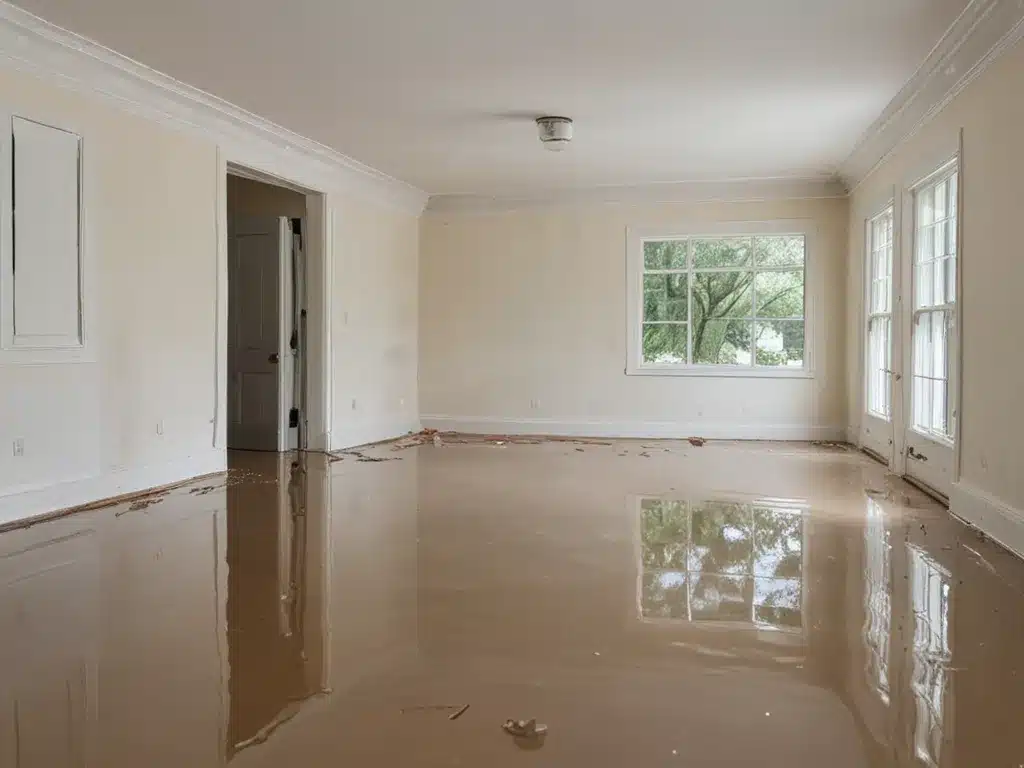Assess the Damage
The first step after a flood is to carefully assess the damage. I walk through each room and make notes about what is damaged or destroyed. Pay close attention to structural damage, mold growth, soaked carpets, warped floors or walls, and damaged appliances and electronics. The extent of the damage will determine how to proceed with restoration.
I take photos and videos to document the damage for insurance claims. It’s important to get written estimates for repairs and replacements as well. Contact your insurance company as soon as possible to start a claim.
Questions to Ask:
- What areas have standing water?
- Is there any structural damage? Cracks or collapses in walls, floors, ceilings.
- Is there mold present? Black spots or musty smell.
- What appliances, furniture and possessions are damaged beyond repair?
- What repairs are urgently needed to make the home safe and habitable?
Dry Out the Property
It’s crucial to start drying out the home and possessions immediately to prevent further damage.
Use fans and dehumidifiers throughout the house to actively dry areas. Open windows and doors as well for ventilation. Remove soaked carpets, drywall, insulation and padding.
Discard anything porous that can’t be thoroughly dried like mattresses, upholstered furniture, stuffed animals, etc. Don’t try to rescue these items.
Air out books, papers and photos. Lay them out to dry thoroughly if possible. Valuable items may need professional restoration.
Preventing the growth of mold is a top priority during this drying out phase. Mold can begin growing within 48 hours and poses health hazards. Using dehumidifiers and fans will help combat mold.
Clean and Disinfect
Once drying is underway, it’s time to clean up the mess left behind. Remove all mud, silt and contaminants with appropriate cleaning solutions. I wear protective gear like masks, gloves and boots.
Disinfect all surfaces with antibacterial cleaners. Mold may not be visible yet so it’s best to disinfect everything. Wash any salvageable clothes and linens.
Cleaning up after a flood requires strenuous physical labor. Consider hiring professional cleaners if the job is overwhelming. They have industrial equipment to clean and dry the property.
Make Repairs
Now the process of rebuilding and repairing your home begins. With your insurance claim started and written repair estimates in hand, you can arrange for trusted contractors to do the work.
- Have structural damage evaluated by a structural engineer. All repairs must be up to local building codes.
- Replace damaged drywall, insulation, carpets and padding. Let all wood framing dry completely before enclosing walls.
- Repair floors. Remove and replace warped wood flooring. Dry out concrete for several weeks before laying new flooring.
- Repaint once everything is dry. Paint helps walls look new and seals out mold.
- Replace damaged appliances and electronics. Floodwater can corrode wiring and components.
Lessons Learned
Recovering from a devastating flood takes time and perseverance. But with the right approach, your home and possessions can be restored. Use these flood damage steps:
- Document damage and meet with your insurance company.
- Dry out the home as quickly as possible.
- Discard and restore belongings.
- Thoroughly clean and disinfect all surfaces.
- Make repairs with qualified professionals.
The process can be long and frustrating at times, but staying organized and advocating for yourself with insurance claims will help the house become fully livable once again. With an eye to preventing future flood damage, some homeowners choose to elevate the building above flood level.







